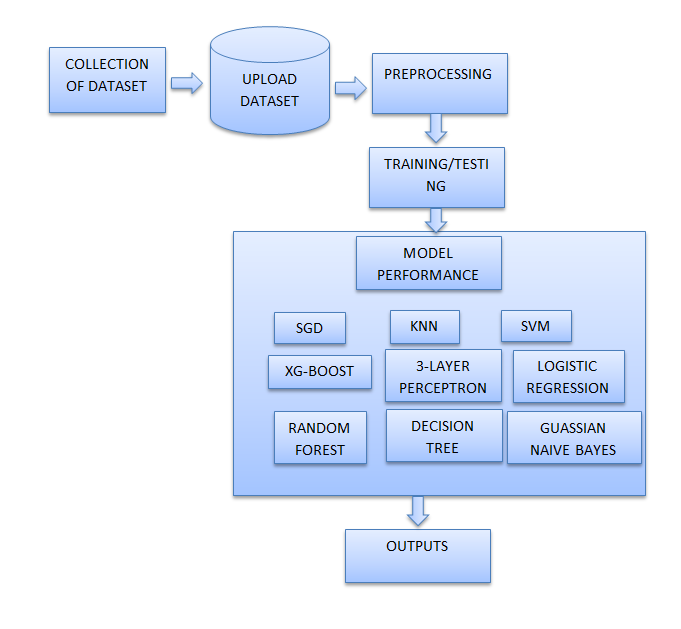Detecting and Characterizing Extremist Reviewer Groups in Online Product Reviews
Objective
In this application, we discussed an unexplored form of opinion spam, where spammers target brands as a whole, posting extreme reviews, to change the overall sentiment about the brand. These groups are often part of a complex business web that is capable of influencing the overall popularity and reputation of several brands on review websites.
Abstract
Now a days, online marketplaces often witness opinion spam in the form of reviews. People are often hired to target specific brands for promoting or impeding them by writing highly positive or negative reviews. This is often collectively done in groups. In this application, we collected the reviews from the Amazon product review site and manually labeled a set of 923 candidate reviewer groups.
The groups are extracted using frequent itemset mining over brand similarities such that users are clustered together if they have mutually reviewed (products of) a lot of brands. We hypothesize that the nature of the reviewer groups is dependent on eight features specific to a (group, brand) pair. We run multiple classifiers for the task of classifying a group based on the reviews written by the users of that group to determine whether the group shows signs of extremity. A three-layer perceptron-based classifier turns out to be the best classifier.
We further study behaviors of such groups in detail to understand the dynamics of brand-level opinion fraud better. These behaviors include consistency in ratings, review sentiment, verified purchase, review dates, and helpful votes received on reviews. Surprisingly, we observe that there are a lot of verified reviewers showing extreme sentiment, which, on further investigation, leads to ways to circumvent the existing mechanisms in place to prevent unofficial incentives on Amazon.
Keywords: Behavior, Electronic Commerce, Machine Intelligence, Machine Learning, Reviews, Social Computing, Web Mining.
NOTE: Without the concern of our team, please don't submit to the college. This Abstract varies based on student requirements.
Block Diagram

Specifications
HARDWARE SPECIFICATIONS:
- Processor: I3/Intel
- Processor RAM: 4GB (min)
- Hard Disk: 128 GB
- Key Board: Standard Windows Keyboard
- Mouse: Two or Three Button Mouse
- Monitor: Any
SOFTWARE SPECIFICATIONS:
- Operating System: Windows 7+
- IDE: PyCharm
- Server side Scripts:HTML,CSS,JS.
- Libraries Used: Pandas, Numpy,Sci-kit Learning.
- Frameworks: Flask.
Learning Outcomes
- Scope of Real Time Application Scenarios.
- How Internet Works.
- What is a search engine and how browser can work.
- What type of technology versions are used.
- Use of HTML, and CSS on UI Designs.
- Data Parsing Front-End to Back-End.
- Working Procedure.
- Introduction to basic technologies used for.
- Input and Output modules.
- Frame work use.
- What is Machine learning?
- What are Machine learning algorithms?
- How can we identify and detect the fake reviews by using machine learning algorithms.
- How can we classify good reviews and fake reviews?
- What is meant by pre-processing?
- What is web mining?
- What is eCommerce?
- Project Development Skills:
- Problem analyzing skills.
- Problem solving skills.
- Creativity and imaginary skills.
- Programming skills.
- Deployment.
- Testing skills.
- Debugging skills.
- Project presentation skills.
- Thesis writing skills.





 Paper Publishing
Paper Publishing
